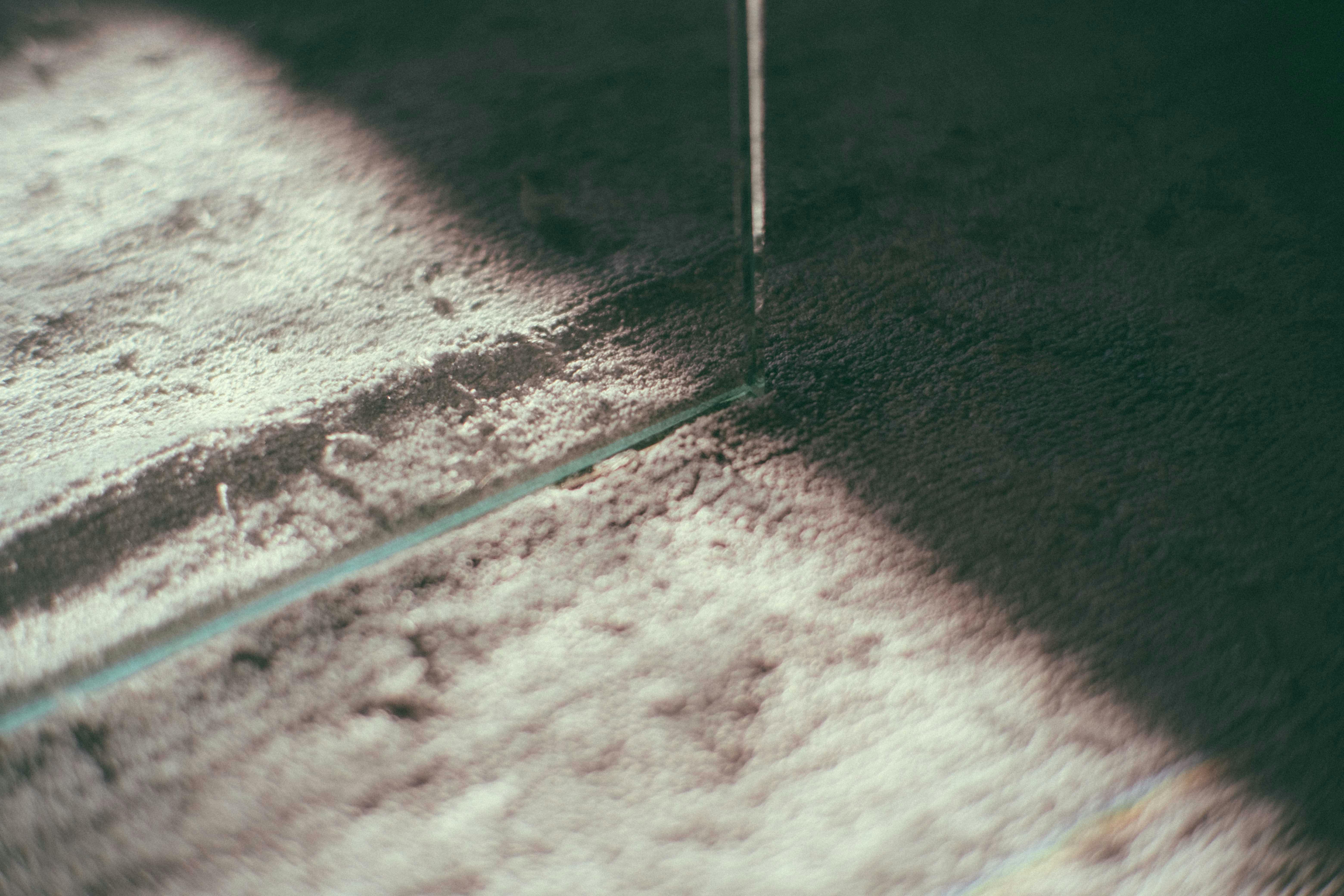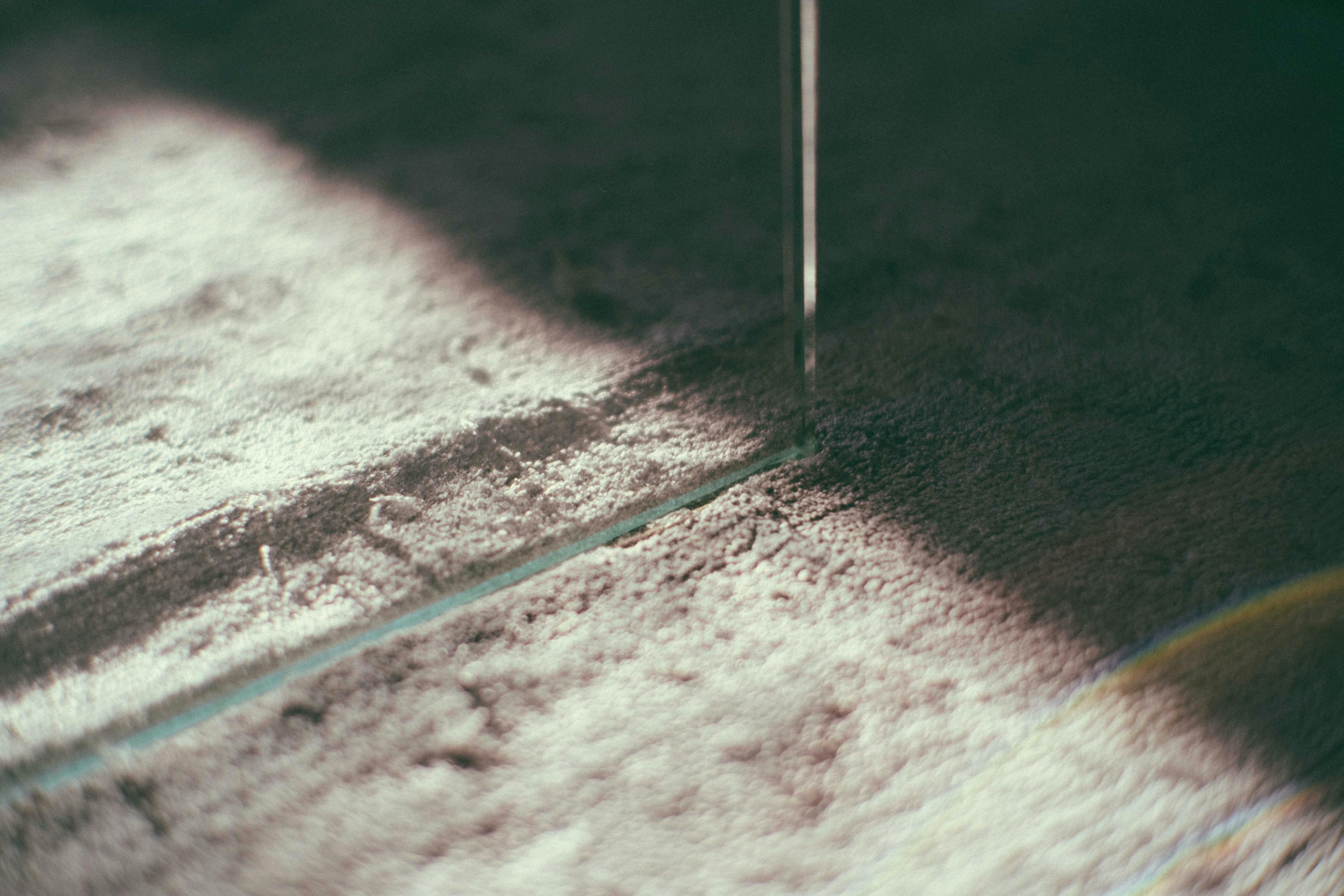Drying a comforter without it balling up can seem like a daunting task. However, with the right tools and a few simple steps, you can get your comforter dry without it becoming lumpy. This guide will provide you with tips on how to dry your comforter so that it comes out soft and fluffy.To dry a comforter without it balling up, start by washing it on a gentle cycle with cold water and a mild detergent. Once the cycle is finished, remove the comforter from the washing machine and shake it out to loosen any knots or tangles. Then spread the comforter over a large flat surface, such as a clean floor or table, and let it air dry. If you have access to an outdoor clothesline, you can also hang the comforter outside to dry in the sun. Make sure to turn the comforter over every few hours while it’s drying to ensure that all parts of the fabric are exposed to air. Once completely dry, fluff up your comforter by shaking it out or lightly running your hands over it.
1. Wash and Dry Properly
Proper care of your comforter is the best way to keep it from balling up. To do this, make sure you wash it in a large capacity washing machine on the gentle cycle with cold water. Only use a mild detergent and a gentle fabric softener, as harsher detergents can damage the fabric. When drying your comforter, use the lowest heat setting and check the dryer often, as over-drying can cause shrinkage and balling up.
2. Use a Duvet Cover
A duvet cover not only adds a decorative touch to your bedroom, it also helps to keep your comforter from balling up over time. The fabric of a duvet cover is much smoother than that of a comforter, so it acts as a buffer between the two fabrics and prevents them from rubbing against each other and causing balling.
3. Fluff Your Comforter Regularly
Regularly fluffing your comforter can help keep it from balling up over time. To do this, simply grab each corner of the comforter and shake it out vigorously to evenly distribute the filling throughout the blanket. This will help prevent clumping which can lead to balling up.
4. Avoid Storing It in Tight Spaces
When storing your comforter for long periods of time, make sure you don’t store it in tight spaces such as under beds or in drawers where there isn’t enough room for it to move around freely. The lack of air circulation can cause clumping which leads to balling up.
5. Use Fabric Softeners Sparingly
Fabric softeners are great for making bedding feel softer and smell fresher, but using too much can cause clumping which leads to balling up over time. If you do choose to use fabric softeners, be sure to use them sparingly and only on fabrics that are designed for them.
By following these tips, you can ensure that your comforter stays free from balling up so you can enjoy its warmth and comfort for years to come!
What Causes Comforters To Ball Up When Drying?
Comforters can become bunched up or balled up when drying in a dryer, which is caused by the filling inside the comforter becoming tangled up due to the high heat of the dryer. The heat causes the filling to expand and move around more than usual, which can create knots and tangles inside the comforter. This can then cause it to ball up instead of drying evenly. It is important to be careful when drying comforters as they are delicate and require special care in order to avoid this problem.
The best way to avoid comforters from balling up when drying is to use a lower heat setting on your dryer and remove them as soon as they are done drying. If you notice any tangles or knots while the comforter is in the dryer, you should immediately turn off the machine and rearrange it so that it lays flat in order to help prevent further bunching. Additionally, you may want to put a couple of tennis balls or other soft items in with your comforter while it’s drying. This will help keep it from bunching up due to its weight, while still allowing it to dry properly.
It is also important to make sure that your comforter is not overloaded into your dryer as this can cause it to become too heavy and cause bunching or balling up during drying. If possible, try air-drying your comforter instead of using a dryer in order to reduce risk of knotting or tangling. If you do choose to use a dryer for your comforter, make sure that you follow all instructions carefully in order ensure proper care for your item.
Preventing Comforter from Balling Up During Drying
One of the most common problems when drying comforters is that they tend to ball up. This can be caused by a variety of factors, such as poorly designed washing machines, too much detergent, or incorrect drying settings. Fortunately, there are some simple steps you can take to help prevent your comforter from balling up during drying.
The first step is to make sure you are using the correct washing machine settings for your comforter. If your machine has a special setting for bulky items like comforters, be sure to use that setting for the best results. Also, be sure not to overload the washing machine – this can cause your comforter to become tangled and eventually ball up in the dryer.
Another important step is to use the right amount of detergent for your comforter. Too much detergent can cause buildup in the fibers of your comforter, leading to clumping and balling up in the dryer. If you’re unsure how much detergent to use for a particular size comforter, refer to the instructions on the detergent package or check with your local laundry store for more specific advice.
Finally, make sure you are using the appropriate drying settings for your particular type of comforter. Depending on its material and weight, you may need to select a different temperature or cycle than normal bedding items such as sheets and pillow cases. Additionally, if possible try using a low-heat cycle or air-drying setting instead of high-heat settings as this will help reduce clumping and balling up of your comforter in the dryer.
By following these simple steps you can help ensure that your comforter does not end up balled up in the dryer after each wash cycle!
Best Practices for Drying a Comforter Without It Balling Up
Drying a comforter without it balling up can be a challenge. This is especially true if you don’t have access to a dryer that has settings for bulky items. But there are a few best practices you can follow to make sure your comforter comes out of the dryer as fluffy and smooth as when it went in.
The first step is to make sure you don’t overload the dryer. The weight of the comforter should not exceed the maximum capacity of your machine. If it does, it’s best to divide the comforter into two or more smaller loads.
Next, use the lowest temperature setting possible for your machine and set the timer so that the cycle doesn’t run too long. If your machine has an “air fluff” setting, this is ideal because it will prevent unnecessary heat exposure which could damage the fabric or cause shrinkage.
Finally, throw in a couple of clean tennis balls or dryer balls into the load to help keep the fabric from balling up as it tumbles around in the dryer. This will also help keep your comforter nice and fluffy when you take it out of the dryer.
By following these simple steps, you can ensure that your comforter comes out of the dryer looking just like new – without any pesky lumps or bumps!

What Temperature Should I Use To Dry My Comforter?
When drying your comforter, it is important to select the correct temperature setting. Using too high a temperature can cause your comforter to shrink or become misshapen, while too low a temperature can lead to bacteria and mildew growth. The best temperature setting for drying your comforter is between low and medium heat. This will help to ensure that your comforter is properly dried without damaging it. Additionally, you should always check the care label before drying your comforter to ensure that you are using the right settings for the fabric type. It is also recommended that you check on the comforter every 10-15 minutes during the drying process in order to prevent any damage from occurring. If you notice any shrinkage or misshaping of the fabric, then immediately turn off the dryer and remove the comforter.
To reduce wrinkling and minimize static cling, you can add a few damp towels or clothing items to the dryer with your comforter. This will help keep the fabric from becoming overly dry and will help reduce static electricity buildup in the fabric. Additionally, if you prefer a softer feel for your comforter then it is recommended that you use a fabric softener sheet in the dryer when drying it. This will help give your comforter a softer feel and reduce static cling in the fabric as well.
How Long Should I Dry My Comforter?
When it comes to drying a comforter, the length of time needed will depend on the type of fabric it is made out of and the size of the comforter. For best results, you should look at the care label to determine the best drying method. Generally speaking, smaller comforters will take less time to dry than larger ones. Additionally, natural fibers such as cotton or linen will take longer to dry than synthetic fabrics like polyester.
Most comforters are designed to be put in a dryer on low heat, but this can still take quite a bit of time. It is important that you check your comforter regularly while drying it in order to ensure that it does not overheat or become damaged. If you have a large comforter or one made from natural fibers, you may want to consider air-drying it instead.
Air-drying your comforter is a much slower process than using a dryer. Depending on the size and type of fabric used for your comforter, it could take up to 8 hours for it to fully dry outdoors. You may also need to hang your comforter in multiple places and flip it periodically as well in order for all parts of the fabric to receive an equal amount of air circulation and sunlight.
Overall, when determining how long you should dry your comforter, you should always take into account both its size and type of fabric used in order to make sure that your drying process goes smoothly and safely without damaging the material or over-drying it.
Do I Need To Add Anything To The Dryer When Drying My Comforter?
When drying a comforter in the dryer, it is important to add a few items to the dryer to ensure that your comforter is not damaged. It’s best to use a low heat setting and add a few towels or tennis balls to the dryer. The towels or tennis balls help fluff up the comforter and prevent it from becoming too hard or lumpy. Additionally, adding these items helps break up any clumps of fabric that may form during the drying process. It’s also important to periodically check on the comforter while it is in the dryer so that it does not become over-dried and stiff. If you find that your comforter is over-dried, you can add a damp cloth to the load to help soften it up again.
Overall, while drying your comforter in the dryer, be sure to always add some extra items such as towels or tennis balls for best results. This will ensure that your comforter comes out soft and fluffy after each cycle and stays in good condition for many years to come.

Conclusion
The best way to dry a comforter without it balling up is to use a large capacity washer and dryer and not overstuff it. If you don’t have access to a large capacity washer and dryer, air drying is also an option. When air drying, make sure to change the comforter’s position frequently and use tennis balls or other objects to break up the lumps as they dry. Also, be sure to check the comforter often when using a dryer and remove it as soon as it is completely dry so that it does not get too hot.
Overall, following these tips will help ensure that your comforter will remain soft and fluffy after drying. So next time you need to clean your comforter, take the steps necessary to do so without worrying about it becoming lumpy or balling up!




